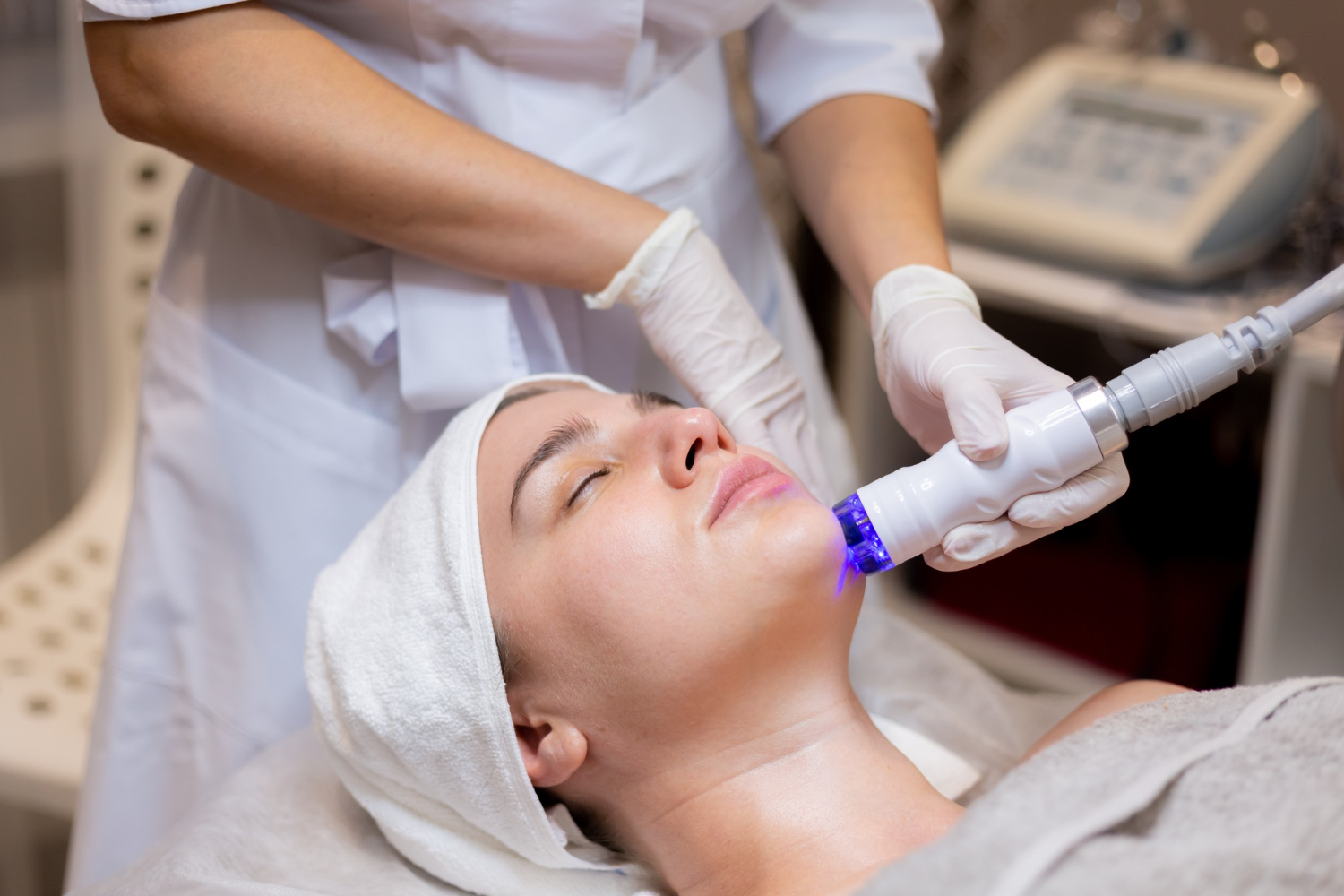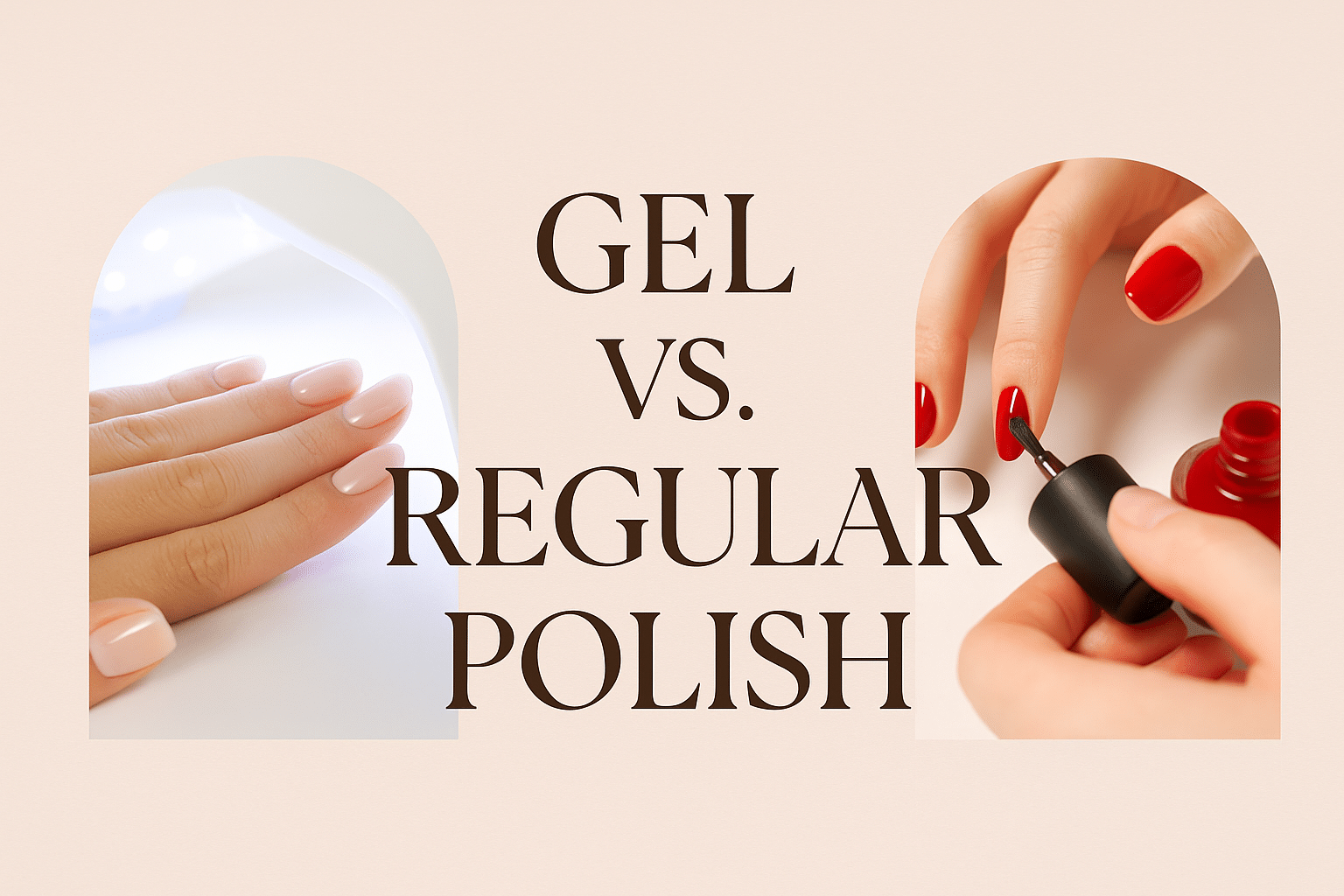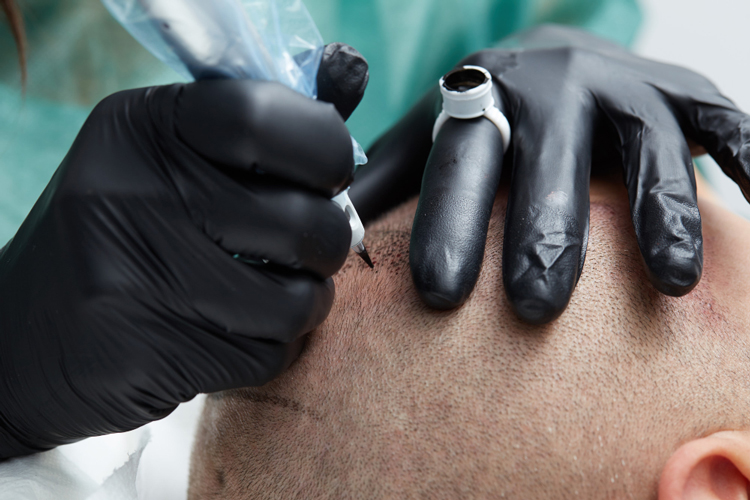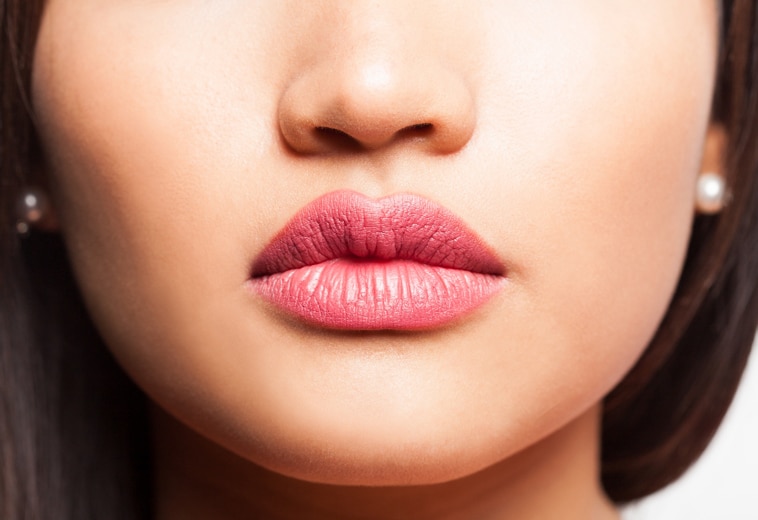In a world where beauty trends constantly evolve, photofacial treatments have emerged as a revolutionary solution for achieving youthful and radiant skin. With advancements in technology and dermatology, photofacials have gained immense popularity due to their non-invasive nature and remarkable results.
In this comprehensive guide, we delve into the magic of photofacial treatments, exploring their benefits, procedure, safety, and aftercare, enabling you to make an informed decision about enhancing your skin’s natural beauty.
The Science Behind Photofacial
Photofacial, also known as Intense Pulsed Light (IPL) therapy, harnesses the power of light to target various skin concerns such as sun damage, fine lines, wrinkles, acne scars, and pigmentation irregularities.
Unlike laser treatments that use a single wavelength of light, IPL emits a broad spectrum of light to penetrate deep into the skin’s layers without harming the surface. This stimulates collagen production, boosts cell turnover, and fades imperfections, resulting in a smoother, rejuvenated complexion.
The Photofacial Procedure
1. Consultation:
The journey begins with a thorough consultation with a licensed dermatologist or skin care professional. They will assess your skin type, concerns, and medical history to determine if a photofacial is the right treatment for you.
2. Preparing for Treatment:
Before the procedure, you may need to avoid sun exposure and certain skincare products to ensure optimal results and minimize the risk of side effects.
3. Treatment Session:
During the actual photofacial session, you’ll be provided with protective eyewear while the technician applies a cooling gel to your skin. The IPL device will emit pulses of light over the targeted areas, which may cause a mild stinging sensation.
4. Post-Treatment Care:
After the session, your skin may appear slightly red and sensitive, similar to a mild sunburn. This is a common occurrence and usually diminishes within a span of a few hours to a day. It’s essential to follow your skincare professional’s instructions for aftercare, which may include avoiding direct sunlight, wearing sunscreen, and using gentle skincare products.

Safety Considerations
Photofacial treatments are generally safe for most skin types and tones, but there are a few considerations to keep in mind:
1. Qualified Professionals:
Ensure that your treatment is performed by a licensed and experienced dermatologist or skincare professional to minimize the risk of complications.
2. Skin Sensitivity:
Individuals with very dark or recently tanned skin may be at a higher risk of experiencing adverse effects. A skilled professional will adjust the settings accordingly to ensure safety.
3. Possible Side Effects:
While rare, potential side effects may include temporary redness, swelling, and lightening or darkening of the treated areas.These symptoms typically diminish after a couple of days.
Benefits of photofacial treatments:
1. Sun Damage Reversal:
Prolonged exposure to the sun’s ultraviolet (UV) rays can lead to a host of skin issues, including sunspots, freckles, and uneven skin tones. Photofacial treatments effectively target these pigmentation irregularities by breaking down excess melanin, revealing a more even and radiant complexion.
2. Reduction of Fine Lines and Wrinkles:
As we age, the production of collagen and elastin – proteins responsible for skin’s firmness and elasticity – decreases. Photofacial treatments stimulate collagen production, promoting skin renewal and helping to minimize the appearance of fine lines and wrinkles. This leads to a smoother, fuller, and more youthful appearance of the skin.
3. Acne and Acne Scar Improvement:
Photofacial treatments can be a valuable tool in managing acne and reducing the appearance of acne scars. Light energy is directed towards the bacteria that are accountable for causing acne flare-ups. This process assists in managing inflammation and averting potential breakouts. Additionally, photofacials promote collagen remodeling, aiding in the gradual fading of acne scars over time.
4. Evening Out Skin Texture:
Uneven skin texture, characterized by rough patches, bumps, and enlarged pores, can be significantly improved with photofacial treatments. The therapy promotes cellular turnover and collagen production, resulting in smoother and softer skin texture.
5. Reduction of Redness and Rosacea:
Photofacials can effectively target redness and vascular irregularities caused by conditions like rosacea. The light energy is absorbed by the blood vessels, causing them to constrict and fade over time, leading to a more even skin tone.
6. Enhancement of Skin Luminosity:
The stimulation of collagen and elastin fibers, along with the reduction of pigmentation issues, contributes to an overall improvement in the skin’s luminosity and radiance. This revitalization leads to a fresher and healthier appearance.
7. Minimization of Pore Size:
Large pores can be a cosmetic concern, contributing to a less refined complexion. Photofacial treatments help shrink pore size by encouraging collagen production, thereby creating a smoother skin surface.
8. Reduction of Melasma:
Melasma is a common pigmentation disorder characterized by brown or gray patches on the skin, often triggered by hormonal changes or sun exposure. Photofacials can effectively target and fade these patches, leading to a more even skin tone.
9. Quick and Non-Invasive Procedure:
Photofacial treatments are known for their minimal downtime and non-invasive nature. Unlike more aggressive treatments, such as chemical peels or laser resurfacing, photofacials typically require little to no recovery time.
10. Customizable Treatment Plans:
Photofacial treatments can be tailored to address specific concerns and skin types. Skincare professionals can adjust the settings of the IPL device to target various depths within the skin, making it a versatile option for a wide range of individuals.
11. Safe for Various Skin Tones:
Photofacial treatments are generally safe for a variety of skin tones and types. Unlike some laser treatments that may carry a higher risk of complications for individuals with darker skin, photofacials offer a safer alternative.
Photofacial treatments have ushered in a new era of non-invasive skincare solutions, offering remarkable results with minimal downtime. By harnessing the power of light, photofacials address a range of skin concerns, from sun damage to pigmentation irregularities, and provide a refreshed and youthful complexion.
To ensure the best possible outcome and safety, it’s essential to consult with a qualified professional like Dr. Nisha, a leading dermatologist and aesthetic physician from Anlon. With her extensive expertise and experience, Dr. Nisha can tailor photofacial treatments to your unique needs, guiding you through the process and providing expert care.




